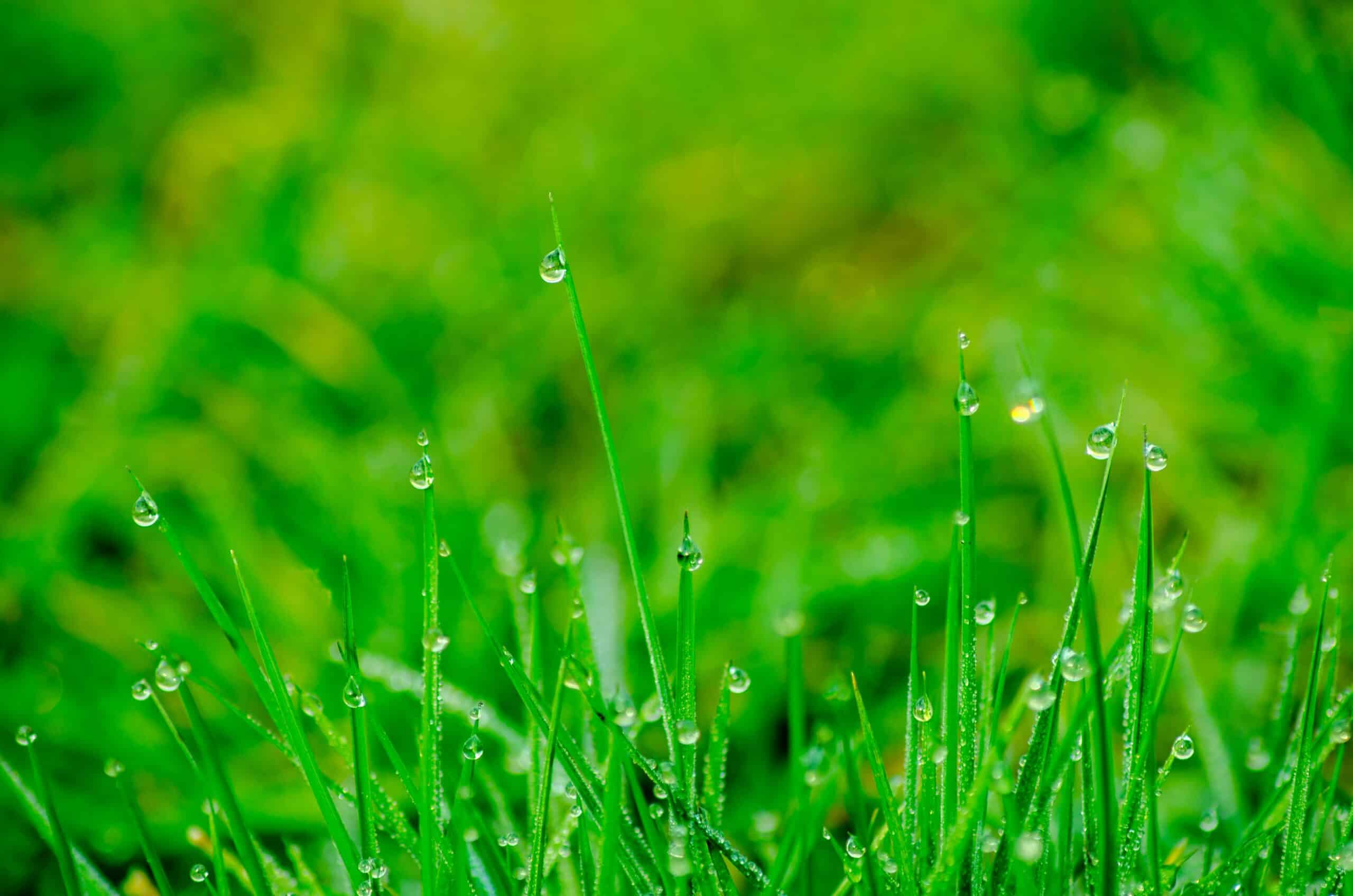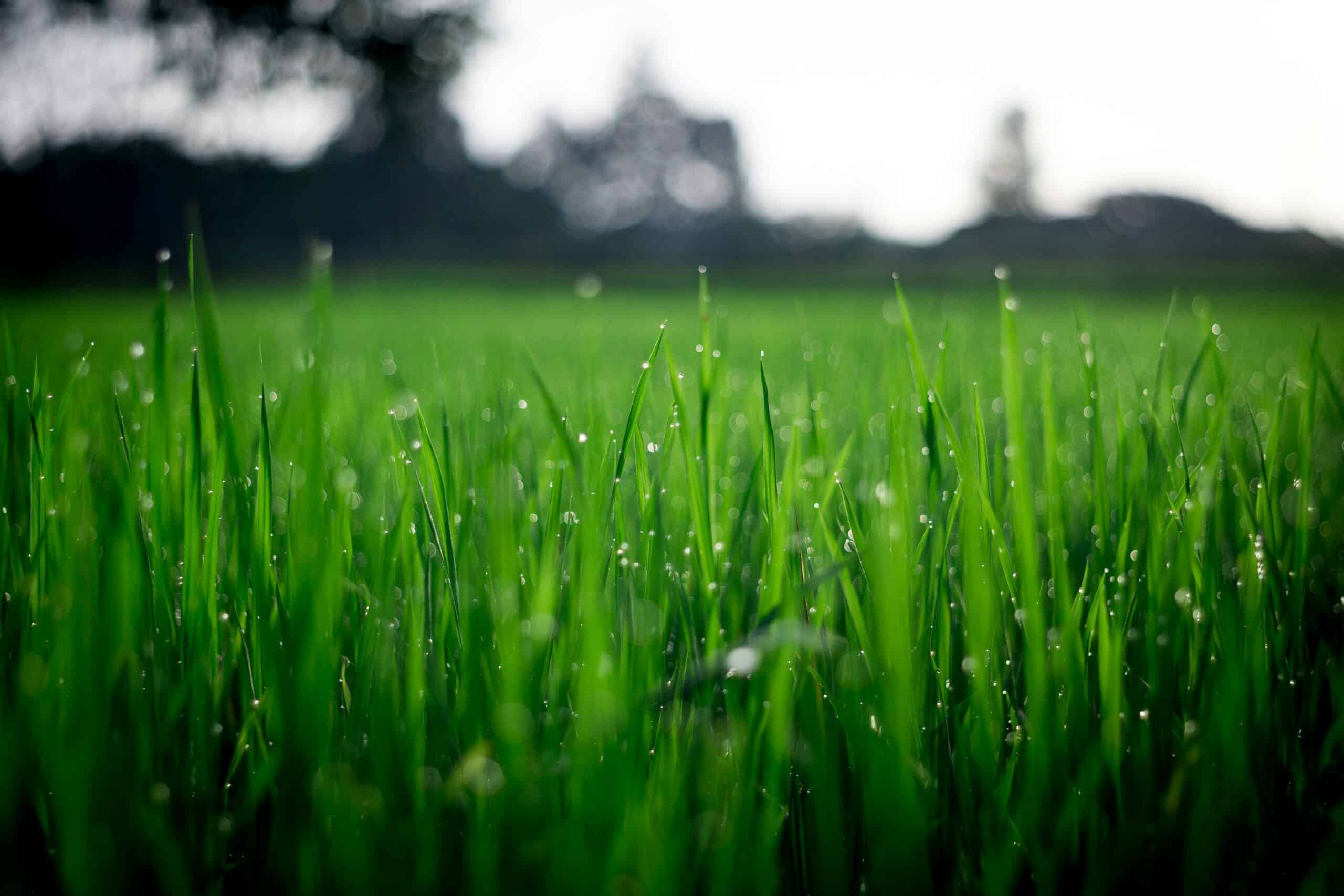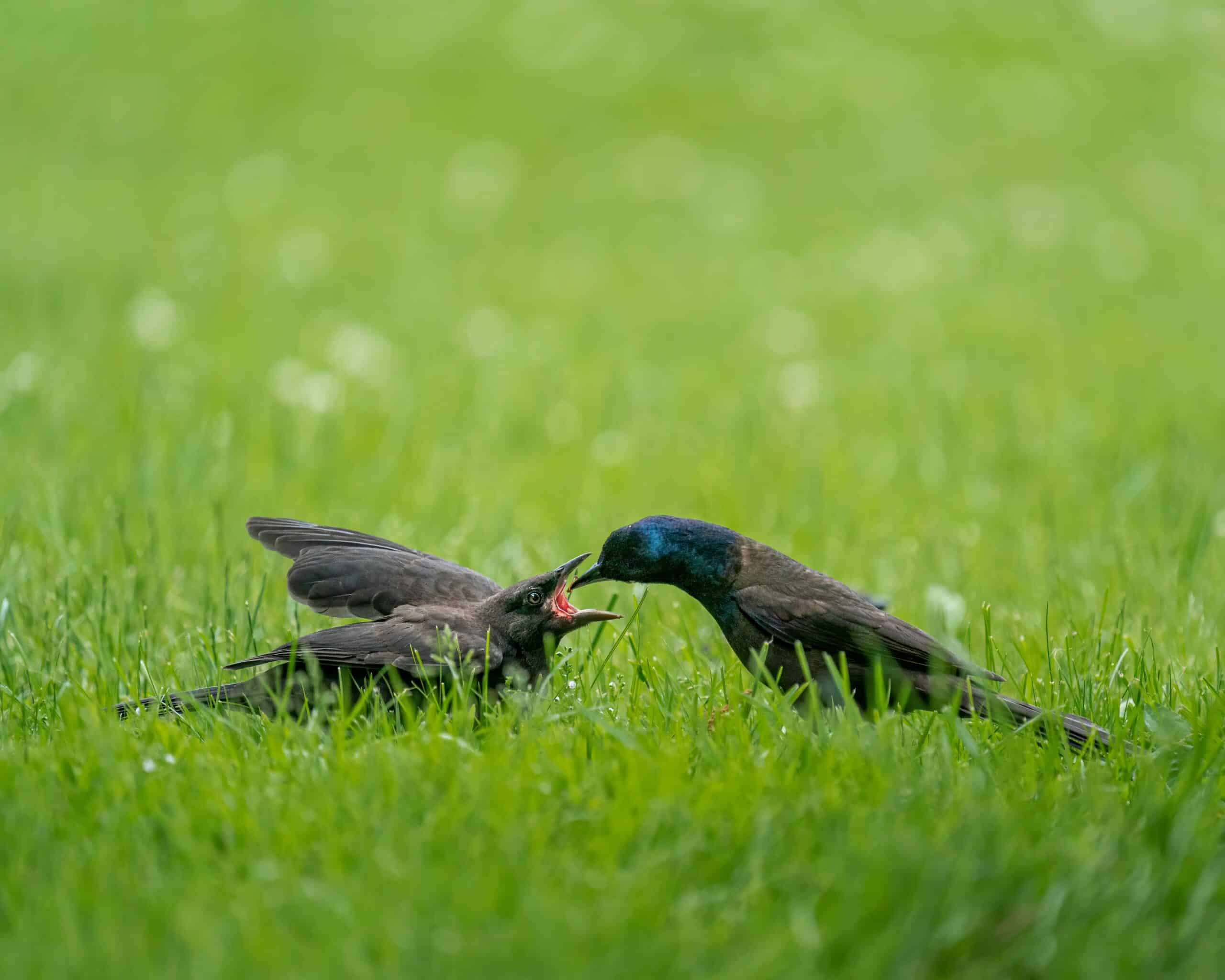-
Troppo Plant & Garden Articles
- Te Puke Region
- TROPPO’s Food Forest in Te Puke, BOP (www,foodforest.org.nz)
- Troppo’s Plant Collection
- TROPPO's Nursery Directory
- Food Forests of New Zealand (www.foodforests.nz)
- Nursery Map - Plant Suppliers of NZ Directory (www.nurserymap.nz)
- Kids Garden Corner
- New Zealand Garden Bird Survey
- New Zealand Garden Groups
- Delicious Recipes
Seasonal Lawn Care Tips for New Zealand Gardens

Maintaining a lush, green lawn in New Zealand requires adapting your care routine to the changing seasons. Each season presents unique challenges and opportunities for lawn maintenance, from the growth spurts of spring to the dormancy of winter. Here’s a comprehensive guide to help you keep your lawn in top condition throughout the year.
Spring (September – November)
Spring is a season of renewal and growth, making it an ideal time to rejuvenate your lawn after the winter months. Here are the essential steps to take during spring:
1. Clean Up and Aerate
Start by raking away any debris, leaves, and thatch that have accumulated over the winter. Thatch can suffocate the grass and prevent water and nutrients from reaching the roots. Aerating your lawn by creating small holes in the soil will help improve air circulation, water penetration, and root growth.
2. Fertilize for Growth
Apply a balanced spring fertilizer to provide essential nutrients that promote vigorous growth. Look for a fertilizer with a good mix of nitrogen, phosphorus, and potassium. This will help green up your lawn and prepare it for the warmer months ahead.
3. Overseed Bare Spots
If you notice any thin or bare spots in your lawn, spring is a great time to overseed. Choose a grass seed that matches your existing lawn and scatter it over the bare areas. Lightly rake the seeds into the soil and water them gently. Consistent moisture will help the new grass establish quickly.
4. Regular Mowing
As your lawn begins to grow more actively, increase your mowing frequency. Aim to keep the grass at a height of about 5-7 centimeters. Avoid cutting more than one-third of the grass blade at a time to prevent stress and encourage healthy growth.
Summer (December – February)
Summer in New Zealand can be hot and dry, which can stress your lawn if not properly cared for. Follow these tips to keep your lawn green and healthy during the summer months:
1. Water Wisely
Watering is crucial in summer, but it’s important to do it correctly. Water deeply and less frequently to encourage deep root growth. Early morning is the best time to water, as it reduces evaporation and gives the grass a chance to absorb moisture before the heat of the day.
2. Adjust Mower Height
Raise your mower height slightly during summer to leave the grass longer. Longer grass blades provide more shade to the soil, reducing water loss and keeping the roots cooler. This helps the lawn retain moisture and stay green even in hot weather.
3. Monitor for Pests and Weeds
Summer can bring an increase in pests and weeds. Keep an eye out for common lawn pests like grubs and caterpillars. Treat infestations promptly with appropriate insecticides or organic solutions. Regularly check for weeds and remove them by hand or with a targeted herbicide.
4. Avoid Over-Fertilizing
While fertilizing is important, avoid overdoing it in summer. Too much fertilizer can lead to rapid growth that requires more water and mowing. Use a slow-release fertilizer if necessary, and follow the recommended application rates to avoid stressing your lawn.
Autumn (March – May)
Autumn is a transitional period for lawns, preparing them for the cooler months ahead. It’s a great time to strengthen your lawn and address any issues from the summer. Here’s how to care for your lawn in autumn:
1. Continue Mowing
Keep mowing your lawn regularly, but gradually reduce the cutting height as the growth slows. This prepares the grass for winter while maintaining a neat appearance. Collect the clippings to prevent them from matting and blocking sunlight.
2. Aerate and Dethatch
Autumn is another good time to aerate your lawn. Aeration relieves soil compaction and improves water and nutrient absorption. Dethatching, or removing the layer of dead grass and organic matter, can also be beneficial if it has built up over the summer.
3. Fertilize for Root Growth
Apply a slow-release fertilizer formulated for autumn use. These fertilizers typically have higher potassium content, which helps strengthen the roots and increase the lawn’s resistance to cold and disease. This will give your lawn a strong foundation going into winter.
4. Overseed and Repair
If your lawn has suffered from summer stress or wear, autumn is an excellent time to overseed. The cooler temperatures and increased rainfall create ideal conditions for new grass seed to germinate and establish. Focus on any thin or bare areas to improve the overall density of your lawn.
Winter (June – August)
Winter in New Zealand can be a time of dormancy for lawns, but there are still steps you can take to protect and maintain your grass. Here are some winter lawn care tips:
1. Minimize Foot Traffic
Grass is more vulnerable to damage when it’s dormant, so try to minimize foot traffic on your lawn during winter. Avoid walking on frost-covered grass, as it can easily break and damage the blades.
2. Keep It Clear
Remove any debris, leaves, and branches from your lawn to prevent them from smothering the grass and creating bare spots. Keeping the lawn clear also reduces the risk of fungal diseases and pests taking hold.
3. Mow Sparingly
Grass growth slows down significantly in winter, so mowing is required less frequently. When you do mow, keep the mower height higher to protect the grass blades. Avoid cutting the grass too short, as this can stress the lawn and expose it to cold damage.
4. Prepare for Spring
Winter is a good time to plan for the upcoming spring season. Take note of any areas that might need more attention or repair. You can also take this time to maintain and sharpen your lawn care tools, ensuring they’re ready for the busy growing season ahead.
By following these seasonal lawn care tips, you can ensure that your New Zealand garden remains healthy and vibrant throughout the year. Each season presents its own set of challenges and opportunities, but with the right care, your lawn will thrive and provide a beautiful green space for you to enjoy.












I found the advice about aeration and dethatching particularly useful. It’s something I hadn’t considered before but seems important.
It’s interesting to see how lawn care needs change with the seasons. The tips for each season seem practical and easy to follow.
This guide covers a lot of helpful tips for all seasons. I appreciate the detailed advice on how to adapt lawn care throughout the year.
Thanks for the comprehensive guide. The tips on fertilizing for each season were especially useful for someone new to lawn care.
The section on winter care was informative. I didn’t know minimizing foot traffic on dormant grass could help prevent damage.